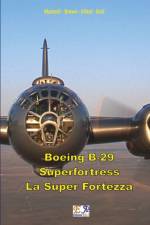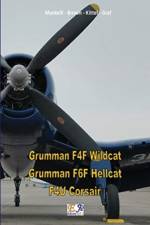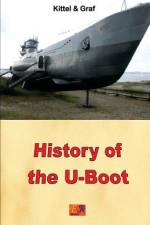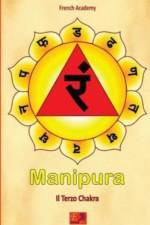av Academy French Academy
145
Anahata, il quarto chakra, situato al livello del cuore e collegato al timo, è il centro dell'identità, del coraggio di essere se stessi, dell'amore impersonale e incondizionato, del senso di comunione e di unità con tutto ciò che ci circonda.E' il centro dell'intero sistema dei chakra perché collega i tre centri inferiori, fisici ed emotivi, ai tre centri superiori, mentali e spirituali. Tutti gli altri Chakra dipendono dunque da questo, poiché il cuore è considerato la sede dello spirito e il centro da cui nascono tutte le emozioni umane, in particolare l'amore. Le sue funzioni principali sono l'amore, la compassione, la pazienza e l'umiltà. La parola chiave associata è Io Amo. Sono collegati al quarto chakra sia l'elemento aria sia il senso del tatto, che rivela la sensibilità del cuore, la capacità di stabilire relazioni, la sua predisposizione alla commozione e la sua capacità di entrare in risonanza con ogni cosa.Da questo chakra scaturisce la nostra abilità a entrare in empatia, di simpatizzare con gli altri, di sintonizzarci e di entrare in comunione con le vibrazioni cosmiche.Sempre tramite questo centro energetico, riusciamo a cogliere la bellezza della natura, come pure quel senso di armonia che esiste nella musica, nelle arti visive e nella poesia. E' nel quarto chakra che immagini, suoni e parole si trasformano in sentimenti. Il fine del quarto chakra è il conseguimento di una perfetta unione attraverso l'amore. Ogni ricerca di relazioni profonde e intime, di unità, di armonia e amore vengono espresse nel chakra del cuore, anche quando tali sentimenti ci pervengono sotto forma di sofferenza, di pena, di paura del distacco o della perdita di affetto. L'energia del Chakra del Cuore è associata alla vibrazione del colore verde, che simboleggia l'equilibrio, la compassione e l'armonia e trasmette l'amore per la natura. E' il colore che rappresenta l'unione tra natura terrestre e natura celeste.

























